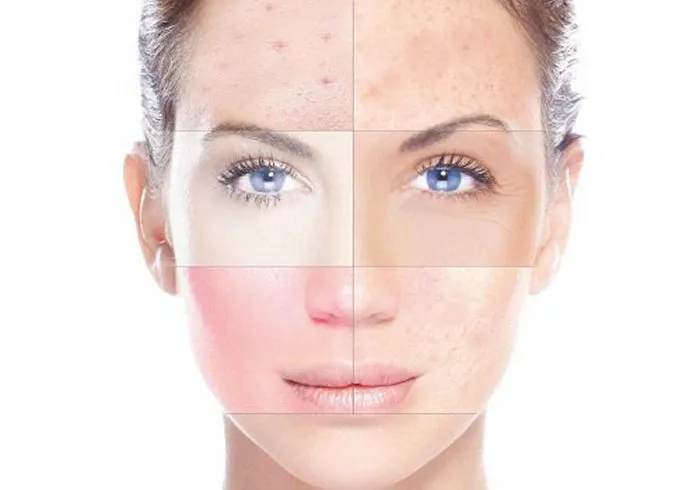Diabetes is a disease in which blood sugar levels rise, this occurs when the body does not produce enough insulin or does not use it properly, glucose remains in the blood.
According to Dr. Perla Vázquez Altamirano, Coordinator for Prevention and Health Care of IMSS, people with diabetes may experience small skin problems, since high levels of blood glucose increases the loss of fluids, causing that causingThe skin begins to dry out.
These problems can be uncomfortable, but most are not dangerous to their health.Keeping the level of glucose in the blood under control, it is possible to prevent the appearance of these problems.
So the IMSS Prevention and Health Coordinator urges the population to pay attention to the changes that their skin may present, since some of the diabetes signs can occur in dry skin, you can cuor discourage, which would also facilitate the passage of bacteria and germs inside the body being able to cause infections.
Nails, palm of the hands and soles of the yellowish feet, redness of the face and brown spots on the legs, yeast infections, these infections occur in wet areas, such as the area between the fingers and the genital area.Vázquez Altamirano said.
It is advisable to maintain sugar levels as close to normal, food care is not so much, but quantity, every diabetic should globally reduce carbohydrate consumption.
As well as applying special care on the skin, such as washing it with neutral soap and drying it well, using talc in the armpits, not bathing with very hot water, the use of moisturizing creams are indispensable, as well as taking many liquids.
It should be noted that the IMSS strengthens preventive programs and timely care in the first level of care for the diabetic patient, in the same way the dissemination of preventive programs in family medicine units is intensified through prevenims, juvenims educational strategies, Chiquitims, which aim to reduce risk factors such as overweight and obesity in chronic degenerative diseases.


